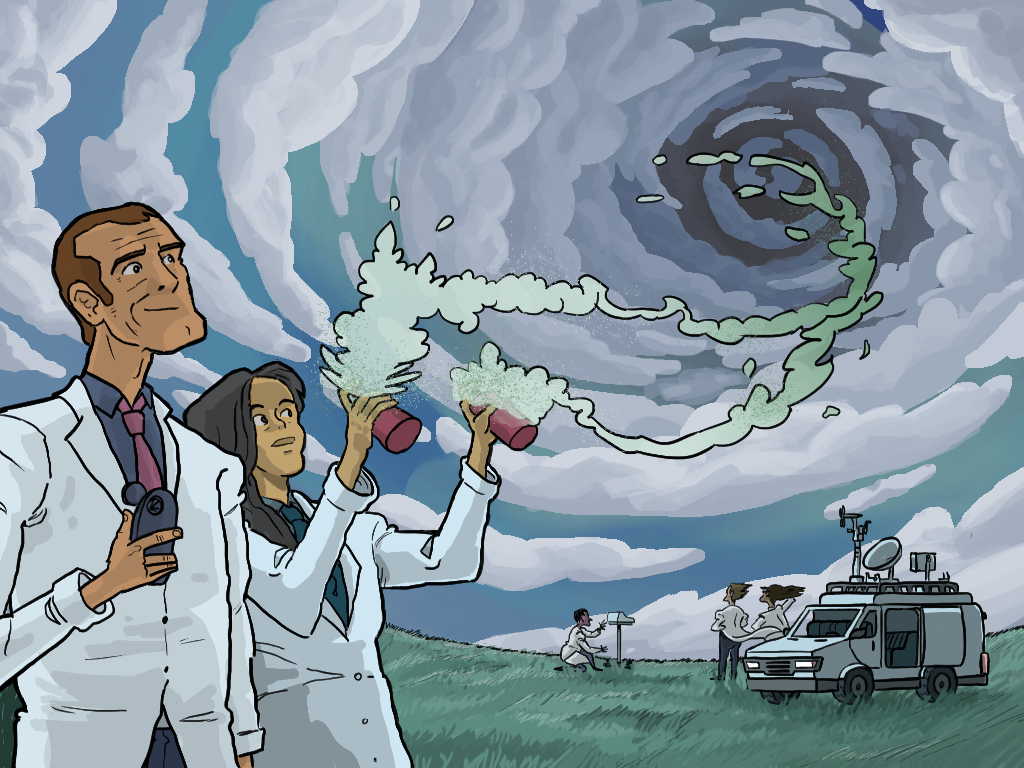How do aerosols help or hinder formation of clouds and storms?

Atmospheric scientists have unanswered questions about aerosols and how they affect the formation of clouds and storms. Do different types of aerosols promote or inhibit the formation of clouds, and therefore lead to different precipitation? And how do climate models need to account for aerosols?
A new National Science Foundation-funded research project led by Texas A&M University’s Yue Zhang is tackling these questions with a team of experts.
“This research will improve the understanding of how aerosols impact cloud formation and cloud properties, and we will contribute to reducing the uncertainties in predicting future climate,” said Zhang, an assistant professor in the Department of Atmospheric Sciences in the College of Geosciences at Texas A&M.
Zhang is examining the climate effects of organosulfate-containing secondary organic aerosols, also known as SOA. He will be working with research teams led by Daniel Cziczo, professor and department Head of Earth, Atmospheric, and Planetary Sciences at Purdue University, and Jason Surratt, professor of chemistry and environmental sciences and engineering at the University of North Carolina at Chapel Hill.
Aerosols are liquid droplets and fine solid particles suspended in the atmosphere. Most aerosols consist of mineral dust and sea salt, but aerosols can also consist of other particles, such as volcanic ash, sulfate, nitrate, and organic carbon — including organosulfates formed by the atmospheric chemical interaction of sulfate and organic carbon).
Organosulfates are important SOA components, because they are known and abundant particulate products resulting from atmospheric multiphase chemistry. However, it remains unclear how this understudied chemical class of particulates affects cloud formation and cloud properties.
The researchers will investigate organosulfate-rich SOA chemical composition, morphology, and phase state in a laboratory setting, and then parameterize the resulting data for the prediction of aerosol-cloud interactions.
“Our hypothesis is that when volatile organic carbon emissions from trees combine with acidic sulfate particles derived from human emissions in the atmosphere, they will cause the aerosol particles to become more effective at making icy cirrus clouds and less effective as cloud condensation nuclei to form liquid clouds due to the formation of particulate organosulfates,” Zhang said.

